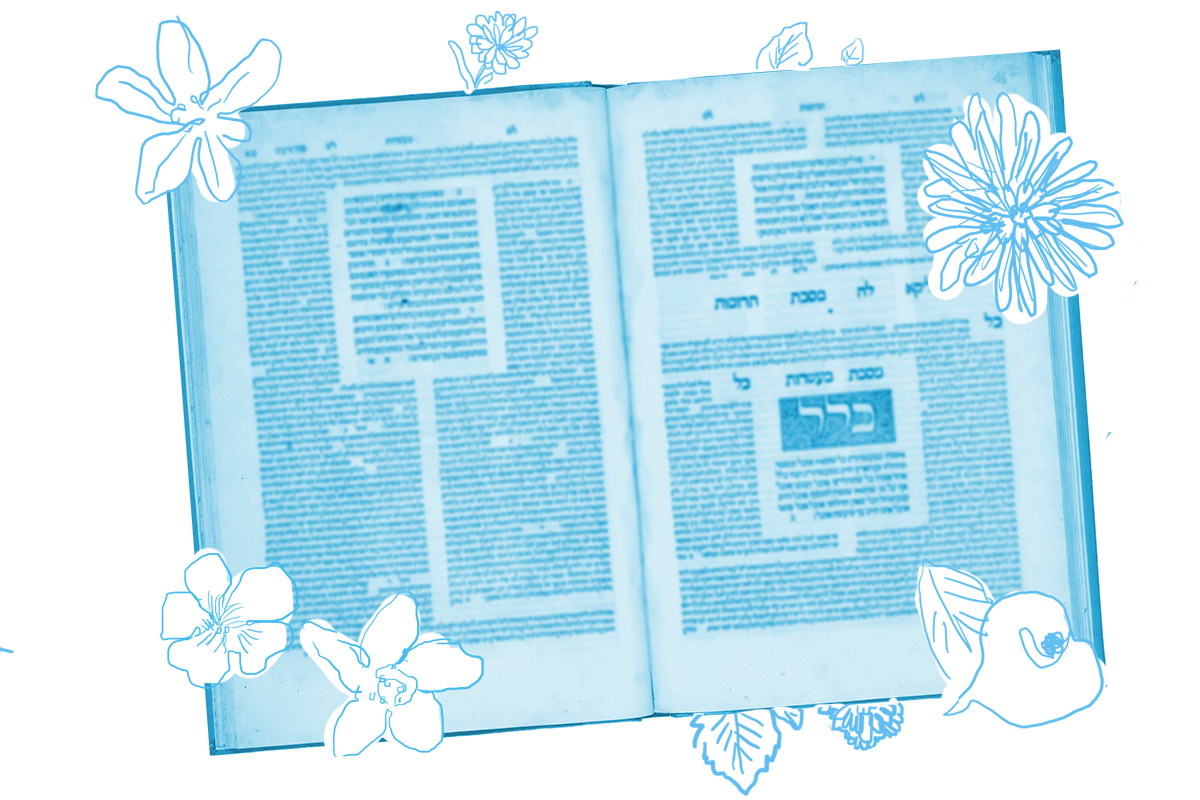A mishnah on today’s daf opens with this statement: Ein modedin ela min ha-mumcheh. The translation that we use in this series renders this line in this way:
One may measure the Shabbat limit only with an expert surveyor.
The Gemara does not discuss this phrase at all, so one might assume that there’s nothing ambiguous about it. But it turns out that’s not correct.
The crux of the matter is the final word, mumcheh. (The ha before it just means “the.”) In modern Hebrew, this word means “expert” or “specialist,” and if we apply that definition, then the line should be rendered in accordance with the translation above. Given the potential challenges involved in navigating local topography that the Gemara explores earlier on today’s daf, it makes sense that an expert surveyor would be required to measure the town’s limit.
Further, this understanding seems to comport with the text that follows. The mishnah continues:

Help us keep Jewish knowledge accessible to millions of people around the world.
Your donation to My Jewish Learning fuels endless journeys of Jewish discovery. With your help, My Jewish Learning can continue to provide nonstop opportunities for learning, connection and growth.
If the limit is extended in one place and reduced in another, we accept the place where he extended the limit … as the Rabbis did not state the matter of the Shabbat limit to be stringent, but rather to be lenient.
In other words, if the surveyor’s measurements increase the established limit in some places and reduce it in others, the limit is modified to include only the extensions because the rabbis were lenient in this area of law.
Clear? Not so fast.
Some talmudic commentators understand the word mumcheh differently, connecting it to a biblical use of the Hebrew root mem-chet-heh (see Numbers 34:11 and Psalms 98:8). Here, the root means to “strike.” This translation would yield an alternate reading of the mishnah:
The Shabbat limit is measured only along the beaten track.
This version flows smoothly from the previous mishnah, which talks about how to measure the Shabbat limit if a canyon, fence or hill is in the way. Reading the mishnah in this way, we would understand it to be telling us that while we have procedures for dealing with environmental obstacles to measuring the Shabbat limit, one should measure it along a well travelled path when possible.
So what do we do with these two readings?
One possibility is we accept both of them. The differing understandings don’t contradict each other, so there’s no reason they can’t coexist.
But the traditional commentators don’t go this way, and are themselves split on how to read the mishnah. Rashi (and the Sefaria translation based upon him) follows the former interpretation, while Rabbeinu Chananel, an 11th-century North African rabbi, follows the latter. Subsequent commentators often cite both interpretations, and modern translations can go either way. The Koren Talmud reads “expert,” while the Soncino version reads “beaten track.”
In “Introduction to the Mishnaic Text,” the Talmud scholar Jacob Epstein notes that in the Jerusalem Talmud, the Gemara teaches that if a non-expert finds that the Shabbat limit should be increased, we don’t defer to them. This reference to a non-expert in the Gemara, says Epstein, is proof that the mishnah was referring to an expert. From this, he concludes that the first reading is correct.
This also makes sense when you consider that Rabbeinu Chananel’s reading emerged from the later talmudic academies of Babylonia. The first reading is supported by the earlier Jerusalem Talmud, which is closer in proximity to the Mishnah itself, both in time and place.
But whichever reading you choose to follow, the takeaway is that just because the Gemara does not address a line from the Mishnah, don’t assume that its meaning is clear.
Read all of Eruvin 58 on Sefaria.
This piece originally appeared in a My Jewish Learning Daf Yomi email newsletter sent on October 6th, 2020. If you are interested in receiving the newsletter, sign up here.



